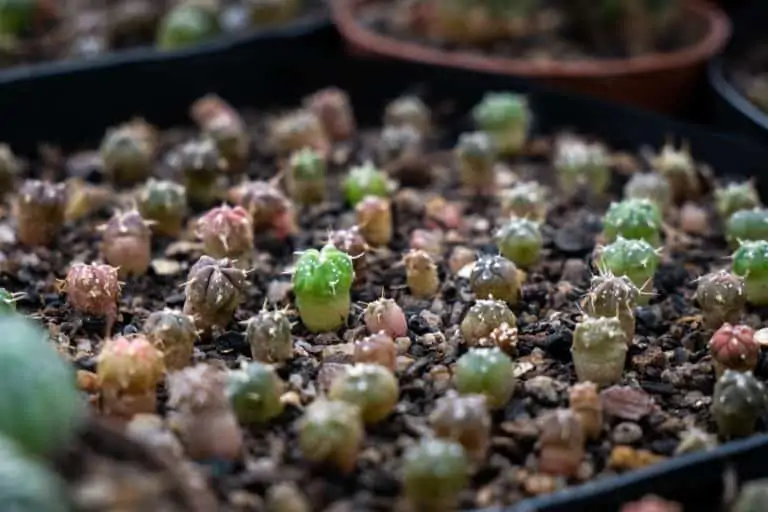Mammillaria anniae seeds
Accepted Scientific Name:
Mammillaria anniae
Synonyms:
None widely accepted
Common Names:
Annie’s Mammillaria (rarely used), Miniature Fishhook Cactus
Plant Origin:
Mammillaria anniae seeds
Mammillaria anniae – A Tiny Treasure for the Collector’s Garden
Mammillaria anniae is a rare and highly sought-after cactus species, endemic to a small region in the Mexican state of Coahuila. Known for its delicate form, dense spination, and charming pink flowers, this miniature cactus is a true gem for enthusiasts and collectors of compact, slow-growing species. Its rarity in cultivation, paired with its distinct look, makes it a prized addition to any cactus or succulent collection.
This species forms a small, solitary to clustering stem that remains relatively low to the ground—usually under 2 inches tall and wide. The body is globular to short cylindrical, green to blue-green in tone, and composed of tightly packed tubercles arranged in neat spirals. The name Mammillaria itself refers to these “nipple-like” projections, which are characteristic of the genus. From each tubercle emerges a set of white radial spines and typically one or more hooked central spines, giving the plant a fishhook appearance often associated with desert-adapted defense mechanisms.
Despite its small size, Mammillaria anniae impresses when it blooms. In spring or early summer, it produces a halo of soft pink to magenta flowers near the crown of the cactus. These delicate blooms contrast beautifully with the dense white spines, creating a ring of color that encircles the plant like a crown. The flowers are funnel-shaped and small but eye-catching, especially when grown in clusters where several plants bloom simultaneously.
In the wild, Mammillaria anniae grows on limestone outcrops and rocky hillsides, where it enjoys excellent drainage, infrequent rainfall, and intense sunlight. These environmental preferences translate easily into cultivation guidelines: well-draining soil, full sun, and careful watering are key to success. It’s best grown in a porous cactus mix—such as one composed of pumice, sand, and loam—and potted in shallow containers that allow for quick drying.
This cactus is slow-growing but can eventually form small clusters over time, particularly when well cared for. Though it prefers warmer climates, it can be overwintered indoors in colder regions. During the dormant winter months, it should be kept nearly dry and stored in a cool but frost-free location with plenty of light.
Why Grow Mammillaria anniae?
-
Rare and unique species endemic to Mexico
-
Miniature size perfect for small pots, windowsills, or dish gardens
-
Beautiful radial symmetry with striking white and hooked spines
-
Spring flowering with pink to magenta blooms
-
Excellent for collectors, especially those focusing on Mammillaria
-
Low maintenance with the right soil and sunlight
-
Forms small clusters over time, enhancing visual appeal
Growing Tips
-
Light: Provide full sun or bright, indirect light. Outdoor morning sun with afternoon shade works well in hot climates.
-
Soil: Use a fast-draining cactus mix or create your own blend with pumice, sand, and organic matter.
-
Water: Water deeply when the soil is completely dry. Reduce or eliminate watering during winter dormancy.
-
Fertilizer: Use a diluted cactus fertilizer during the active growing season (spring to early fall), once a month.
-
Potting: Choose a shallow clay pot for improved air circulation and drainage. Repot only when absolutely necessary.
-
Cold Tolerance: Not frost-hardy. Protect from temperatures below 40°F (4°C). Bring indoors or use frost cloth if needed.
Due to its rarity and specialized needs, Mammillaria anniae is best suited for experienced growers or those ready to take the next step in their cactus-keeping journey. It rewards careful attention with beauty, charm, and the satisfaction of growing a truly unique and endangered species.
Whether you’re building a miniature cactus garden, expanding your Mammillaria collection, or simply drawn to rare and exquisite plants, Mammillaria anniae brings a subtle yet elegant presence to your space. With proper care and the right conditions, this Mexican treasure will delight you year after year.
